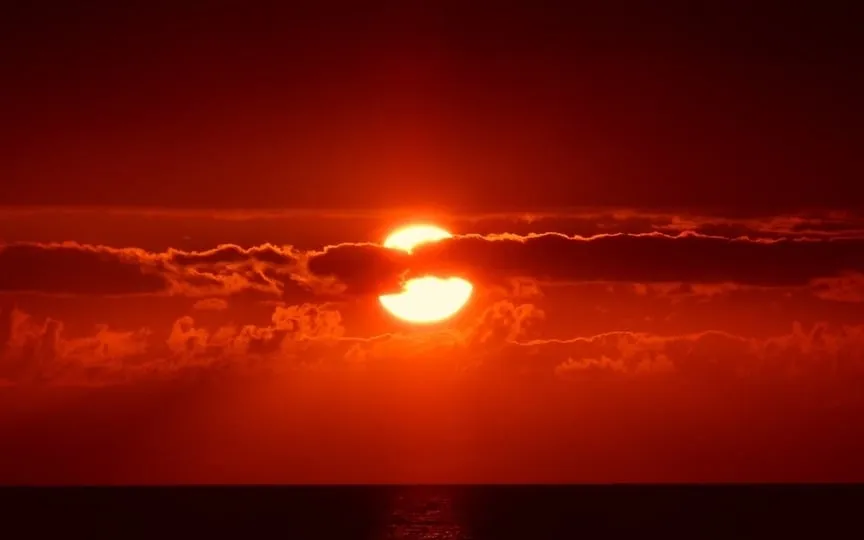NOAA Reports Radio Blackouts on Earth Caused by Multiple M-class Solar Flares on the Sun
On December 5, a minor solar storm occurred, causing auroras in the arctic circles. Although it was not significant, the Sun has been consistently active as it approaches the peak of its solar cycle. Within the past day, the Sun has experienced three separate M-class solar flares, emitting extreme ultraviolet radiation. This radiation has led to short-wave radio blackouts on Earth, according to the National Oceanic and Atmospheric Administration. It remains uncertain whether any of these eruptions have produced coronal mass ejections aimed at our planet, which could potentially result in future solar storms.
The official X account of Space Weather Live, a website that monitors solar storms and other space weather-related phenomena, posted the latest eruption less than an hour ago, revealing that “M2.11 object from sunspot region 3513” has erupted. , sparking “Minor R1 radio blackout”. Space Weather Live pulls data directly from NOAA and publishes it in an easy-to-understand format.
Solar flares torment the Earth
In addition to this, two other solar flares have occurred in the last 24 hours. According to Space Weather Live, at 3 a.m. on Dec. 6, a moderate M1.46 sunspot was observed in area 3513. The shortwave radio outage caused by this flare primarily affected North America. A second M1.58 solar flare was observed at midday on December 5, with Asia most affected by the effects of ultraviolet radiation.
Space weather agencies have yet to find evidence of a CME released from these events. We may find out about them in the coming hours. Although nothing can be confirmed until the solar storm forecast models give their predictions. Considering the intensity of the solar flare, it is assumed that even if a solar storm occurs, it will be a minor event.
The technology behind observing the sun
While many space agencies—from NASA to the Solar Dynamics Observatory (SDO) and the National Oceanic and Atmospheric Administration (NOAA)—monitor sun-based weather phenomena, one in particular is NOAA’s DSCOVR satellite. The satellite was launched in 2016 and monitors various measurements of the Sun and its atmosphere, including temperature, velocity, density, degree of inclination and frequency of solar particles. The returned data is then run through the Space Weather Prediction Center and a final analysis is prepared.




